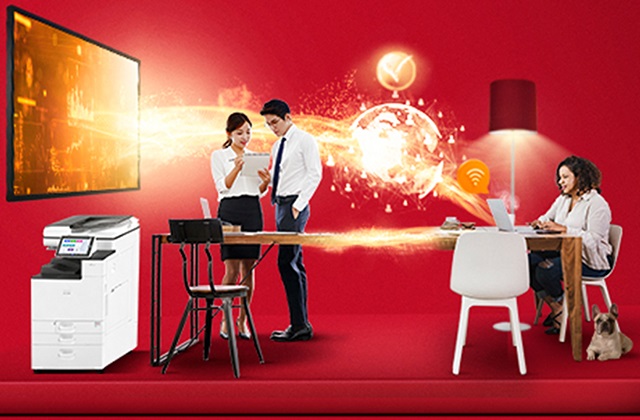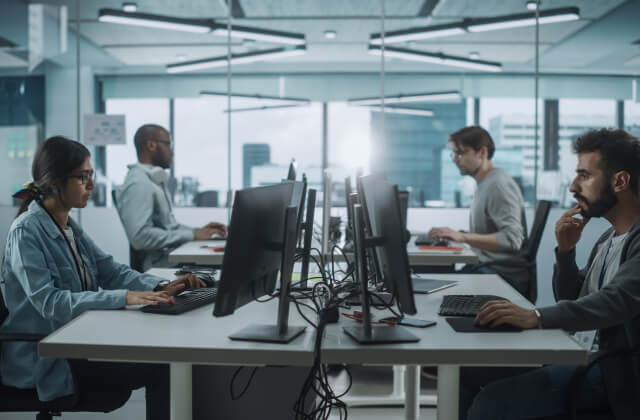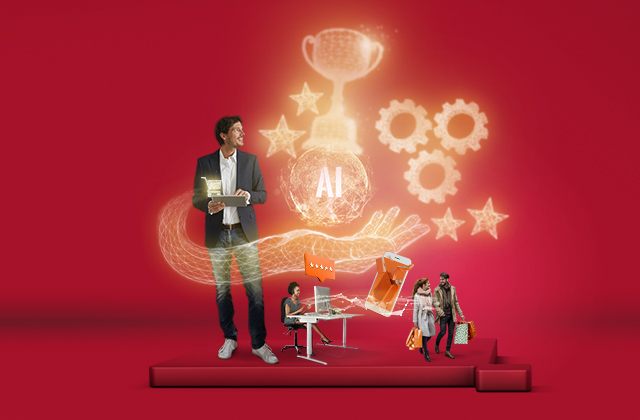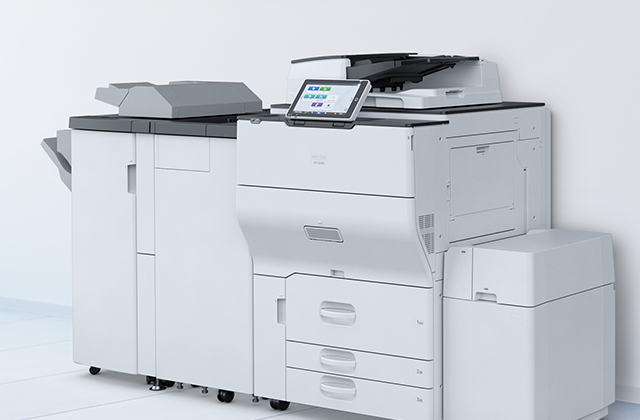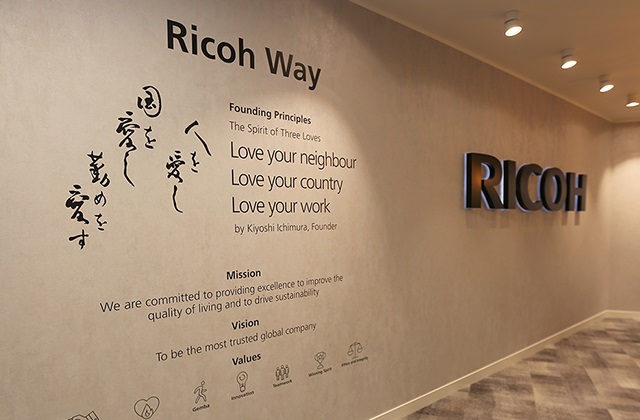A great office is all about agility; it should adapt to the demands of its occupants and allow flexibility on a day-to-day basis. That starts before you even enter. Simple things like ensuring people can easily (on a mobile or web app) book or cancel a desk last minute, show who is in the office, register car parking on an app, or find their way around the building, are all vital to removing unnecessary obstacles that deter employees.
Office layout doesn’t traditionally come under the HR team’s remit, but it’s tightly linked to how it impacts the way people come together – to eat, meet, and socialise. Working with Facility teams, HR can influence how social spaces boost employee culture through increased interactions and team building.
Indeed, increased collaboration has a proven impact on both employee retention and organisational success. More trust between colleagues helps nurture better customer relationships, too.
Meeting room spaces should be adaptable for any occasion and technology – from in-person meetings with customers, to after-work socials and international calls. The digital function of the office space is non-negotiable. Employees should be able to capture ideas and share thoughts with colleagues in any location, with tools that are consistent and easy to use.





